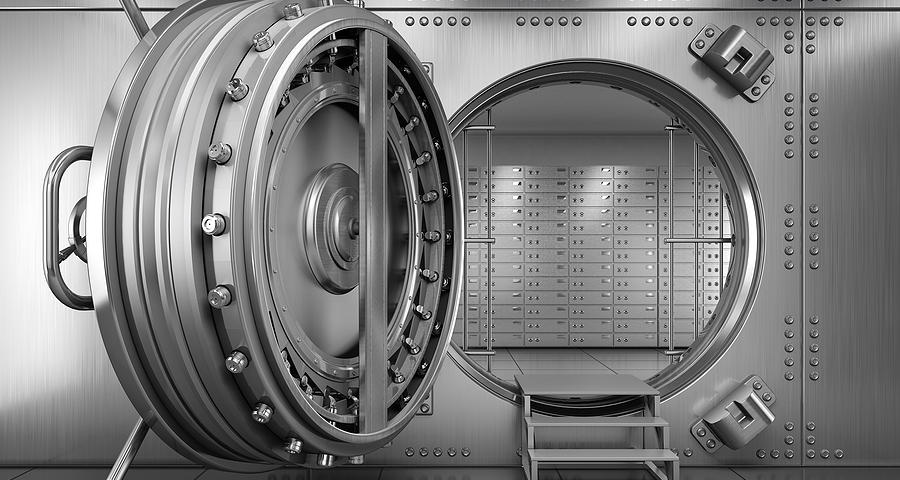Money is a concept created by humans. It provides a system for easier exchanging of goods and services, eliminating the complexities of barter trade.
This system not only simplifies transactions but also serves as a unit of account, allowing for the easy comparison and valuation of diverse items. Moreover, it acts as a store of value, enabling the saving and accumulation of wealth for future use.
The Evolution of Money
The concept of money has undergone a significant evolution over time. Originally, economies relied on bartering, where goods and services were directly exchanged without a standardised medium. This system had its limitations, as it required a mutual need for the goods being traded.
The introduction of money as a standardised medium of exchange revolutionised this process. It began with commodities like grains or cattle, evolving into precious metals like gold and silver due to their universally recognized value. Eventually, this led to the creation of coins and banknotes, representing value in a more portable and convenient form.
In recent times, the digitization of money has marked a new era. Bank transactions became digital, leading to the development of electronic money and online banking. The latest step in this evolution is the emergence of cryptocurrencies like Bitcoin, which are digital or virtual currencies secured by cryptography and based on blockchain technology. This represents a move towards decentralised forms of money, not governed by any central authority, unlike traditional currencies.
The Function of Money
Money serves several critical functions that make it an essential tool in the economy. The primary functions of money:
Medium of Exchange: Money’s primary function is to facilitate the buying and selling of goods and services. Its acceptance as a common medium eliminates the inefficiencies of barter systems.
Unit of Account: Money serves as a standard numerical unit of measurement of the market value of goods, services, and other transactions. This function allows us to compare the value of different items and services, making economic planning and accounting more straightforward.
Store of Value: Money can retain value over time, allowing individuals and businesses to save for future expenses or investment. This function is crucial for enabling saving and planning for future financial needs.
Properties of Money
For money to fulfils its roles as a medium of exchange, a unit of account, a store of value it needs these properties together to ensure that money functions smoothy in the modern financial systems
Fungibility: Money must be fungible, meaning each unit is interchangeable with any other identical unit. For instance, one dollar bill has the same value as another dollar bill.
Durability: Money should be able to withstand physical wear and tear since it is frequently used. Coins and banknotes are made from durable materials to ensure longevity.
Portability: Good money is easily transportable. This means that individuals can carry a significant amount of value in a convenient form.
Divisibility: Money should be divisible into smaller units to facilitate transactions of varying values. This property allows for transactions of both high and low value.
Uniformity: Units of money must be uniform or identical in terms of what they represent. Each unit of the same denomination has the same purchasing power.
Limited Supply: To maintain its value, money must be relatively scarce. Central banks and governments regulate the supply of money to prevent inflation.
Acceptability: For money to be effective, it must be widely accepted as a method of payment. This acceptance is often backed by the trust and confidence in the government or institution issuing the money.
As we consider the future and ongoing digital transformation, it becomes clear that the essence of money, despite its changing forms, remains constant: a facilitator of trade, a measure of value, and a cornerstone of economies.
Understanding this concept not only enriches our grasp of economic history but also prepares us for the financial landscapes of tomorrow. Money’s story, evolving through centuries, continues to be a reflection of our collective ingenuity and economic aspirations.
